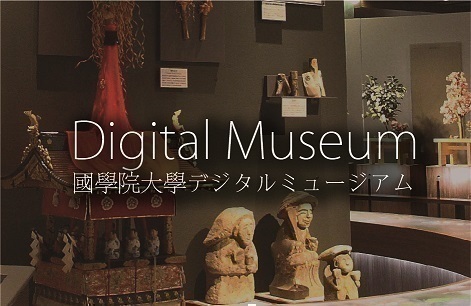- トップ
- Encyclopedia of Shinto
- Sankei
Encyclopedia of Shinto
| Main Menu: | |
| Links: |
詳細表示 (Complete Article)
| カテゴリー1: | 6. Belief and Practice |
|---|---|
| カテゴリー2: | Divination and Supplication |
| Title | Sankei |
| Text | A general term for "pilgrimage," the travel to a shrine or temple for the purpose of worship. In the ancient period, most worship was limited to the so-called "clan deity" (ujigami) of each locality, but from the Heian period, the object of such worship expanded, and people began traveling to shrines and temples located in more distant locales. From the end of the Heian into the Kamakura periods, nobles and others of the court began making frequent pilgrimages from Kyoto to distant religious centers like Kumano, Ise, and Mount Kōya. The pilgrimage to Kumano (known as the Kumano mōde) was particularly favored in this period, and retired emperors Toba and Go-Shirakawa made over twenty visits to the religious center. The appearance of the long train of pilgrims on the narrow mountain road resulted in the formulaic expression the "pilgrimage of ants to Kumano." With the early modern period, improved conditions in roads and travel facilities led to an unprecedented surge in distant travel by commoners, with religious centers like the Grand Shrines of Ise (Ise Jingū), the Konpira shrine (Kotohiragū), Izumo Taisha, and the temple Zenkōji drawing large numbers of pilgrims from around the nation. In order to realize such distant pilgrimages, people formed pilgrimage confraternities (kō); depending on the case, either the entire membership of the confraternity would make the pilgrimage, or a representative (daisan) would be selected and sent on behalf of the membership. In the case of the pilgrimage to Ise, the custom of "slipping away pilgrimage" or nukemairi existed, in which the pilgrim would rely on alms and other aid from people along the road to complete his or her undertaking. In the same way as the "representative pilgrimage" (daisan), it was believed that aiding a pilgrim would bring benefits equal to those accruing to the pilgrim himself. In addition to the term sankei, other expressions referring to distant religious travel include junrei (circuit pilgrimage), hyakushamairi (pilgrimage to one-hundred shrines), and senjamairi (pilgrimage to one-thousand shrines). On the other hand, religious travel to sites within a limited locality or its environs was also popular. Such travel was often found within the community's cycle of annual events or rites of passage. For example, among new year's first pilgrimages (hatsumōde) were those known as "pilgrimage in an auspicious direction" (ehōmairi), "pilgrimage to the local tutelary" (ubusunagami-mairi), pilgrimage to the "seven gods of good fortune" (shichifukujin-mairi), and "pilgrimage on the first day of the horse" (hatsuumamairi), all of which were religious travel considered as part of the annual cycle of religious events. Other religious travel was woven into local rites of passage, observed at nodal points in a person's life, for example, the first pilgrimage after birth (miyamairi), the "seven-five-three pilgrimage" (shichi-go-sanmairi), pilgrimages as part of coming-of-age ceremonies, and pilgrimages by people wanting to exorcise bad luck (yakubarai) when reaching "unlucky ages." Religious travel for the purpose of making special supplications or fulfilling special vows were also observed, such as the "one-hundred pilgrimages" (ohyakudomairi) and "pilgrimage at the hour of the ox" (ushi no kokumairi). These various forms of religious travel continue to be widely observed even today without cease, extending from the "seven-five-three" pilgrimages of children in their gay costumes, to student field trips to shrines and temples, and politicians' visits to the Yasukuni Shrine. — Suzuki Kentarō |





